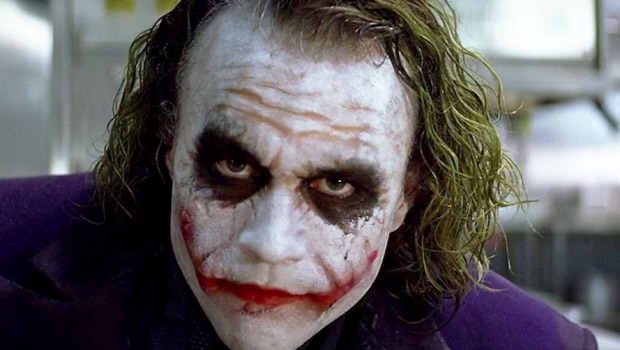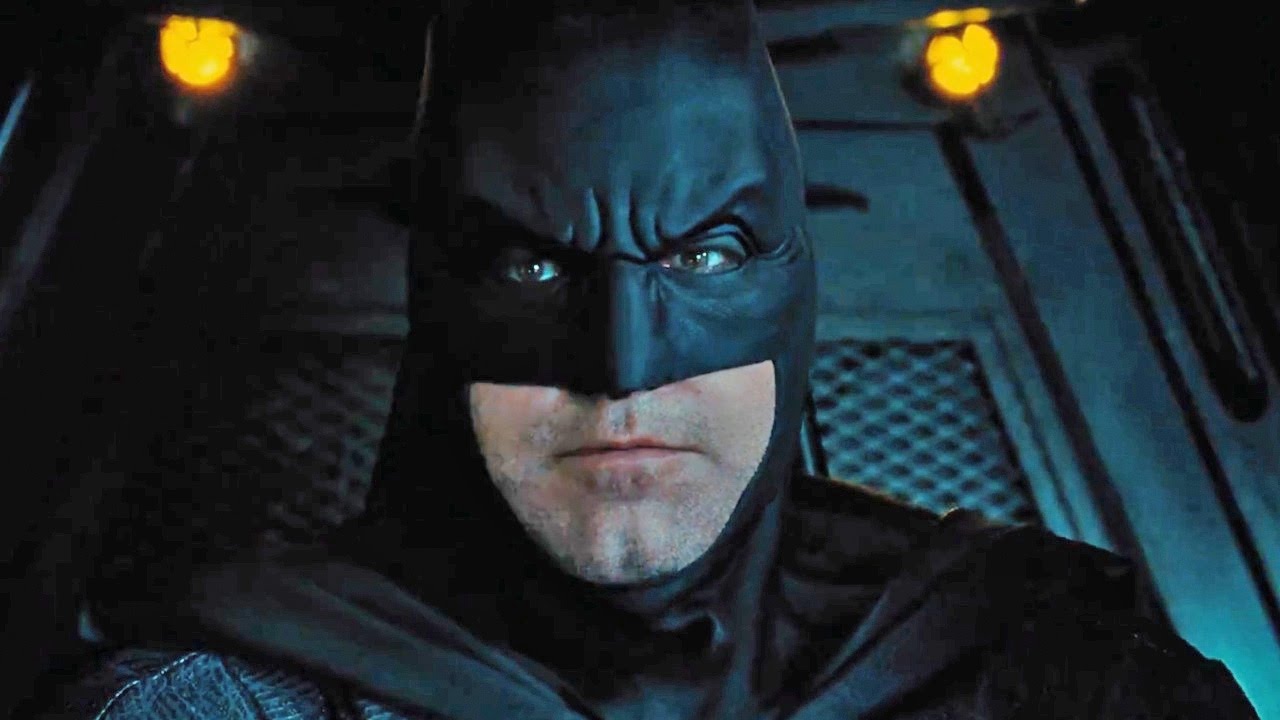Justice League and the future of the DC Extended Universe: 8 ways the movie sets a new agenda
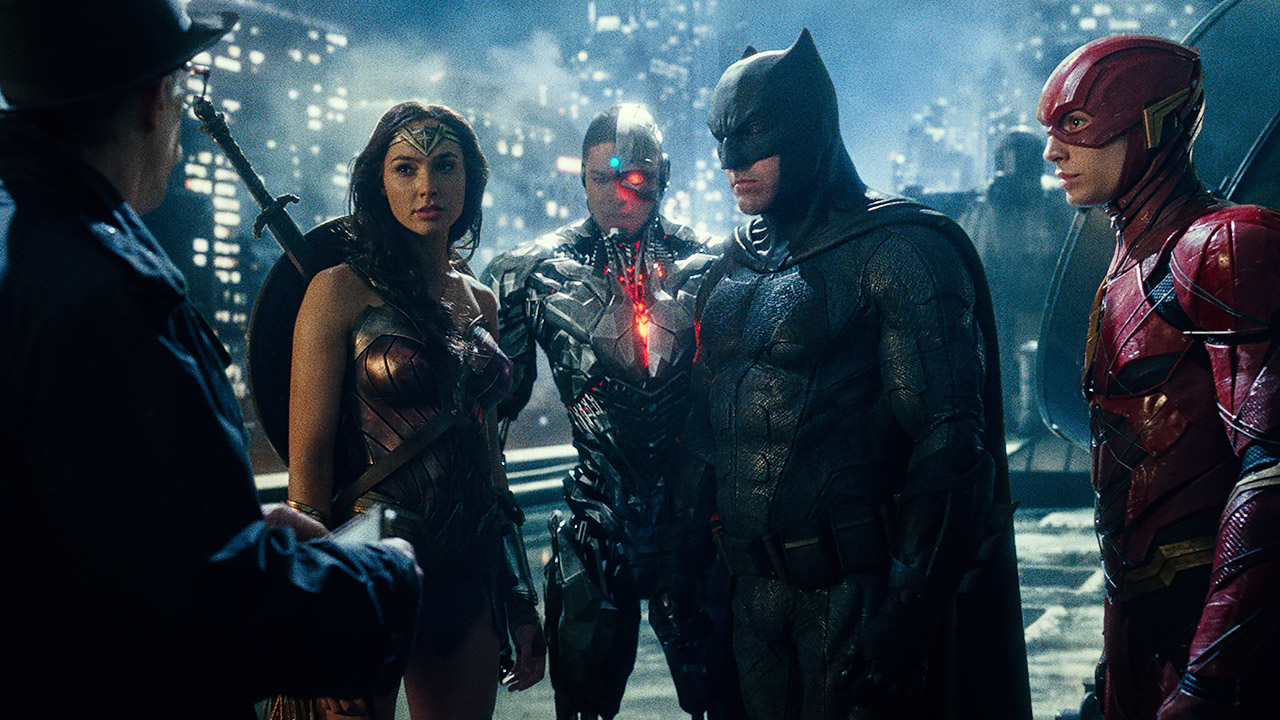
So, Justice League is out then. Maybe you loved it. Maybe you hated it. Maybe you watched it and quickly forgot it, or found its various hints about the bigger story too vague to work with. Whatever your response, and however much you enjoyed it (or not), Justice League is the biggest launchpad yet for future DCEU stories. In fact, regardless of Batman v Superman’s status as the biggest of big event movies, Justice League is probably the most important film yet in roadmapping the future of DC and Warner Bros.’ movie universe.
Read more: Every upcoming DC Extended Universe movie until 2020 and beyond
Characters undergo fundamental changes. The world gets a whole lot bigger in a whole lot of ways. Personal story threads are set up, and important characters are teased. Okay, Justice League might not be able to do anything terribly coherent with any of them itself, but as a starting point for future movies, it’s quite the potent brew. So whether you need a bluffer’s guide or a quick refresher, here are the eight more relevant plot-points you need to be aware of.
Superman is finally behaving like Superman
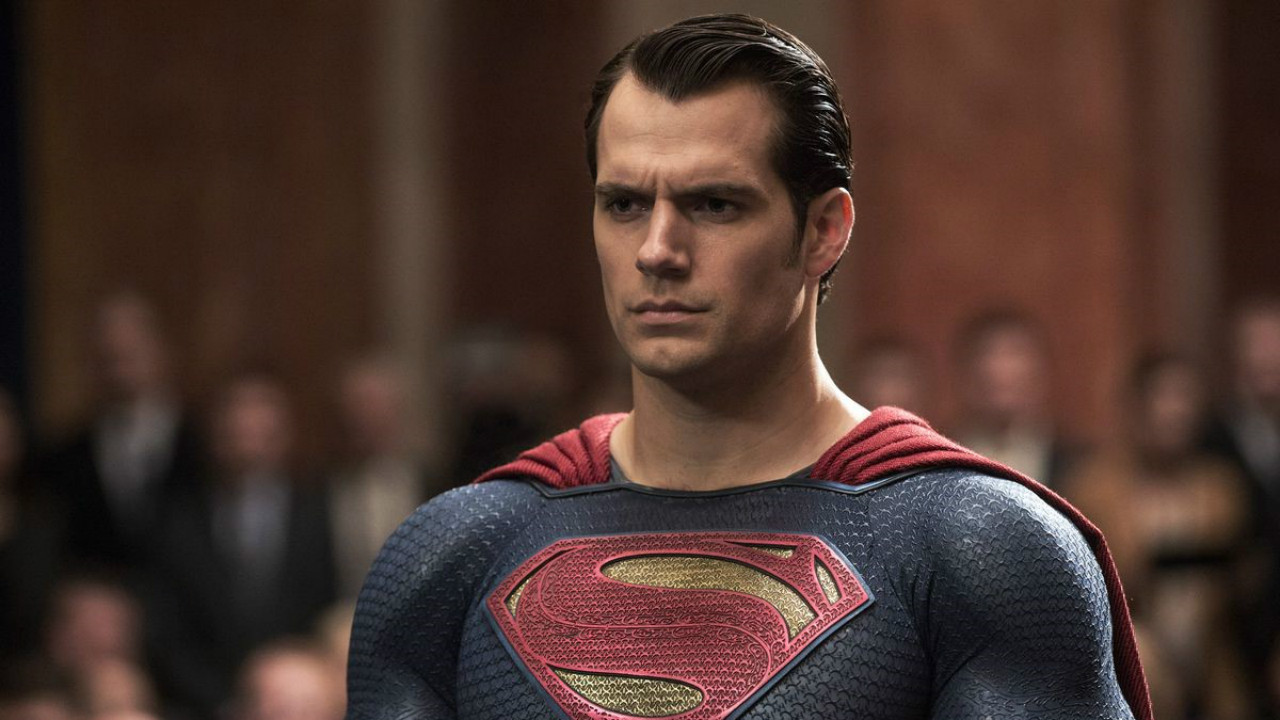
It seems that resurrection after death can give you one heck of a personality reboot. Now, after two previous, full-length screen appearances by Henry Cavill in the cape, his version of Superman finally behaves like Superman. Well, eventually. Once the initial burst of post-revival, Snyder-style fury has dissipated, you can virtually hear the slap of baton upon hand as Joss Whedon takes over with a very different, very welcome version of Supes.
When he eventually suits up for his third-act return, this Superman is… well, Superman. He’s warm. He’s compassionate. He’s funny, self-effacing, selfless, and kind. He knows he’s the most powerful person in the room, but he doesn’t shout about it, he just looks for where he can help. He beats the living hell out of Steppenwolf, and he clearly enjoys doing so, but there’s a sense here that he’s having a good time simply because he knows he’s helping his friends save the planet he loves, not because malicious, vengeful expressions of force are any longer his thing. Eager to protect, eager to connect, and otherwise just really bloody likable, he’s every bit the charismatic friend and aspirational figurehead he should be, while also a unashamed big damn hero you’d just like to go for a pint with. He might not get much screen time – one might the suspect this is the result of Whedon cutting a lot of pre-existing, angsty Snyderman to make way for his own version – but what he does get sets up a very different tone for the DCEU with actual, proper Superman at its centre.
Batman is already getting old
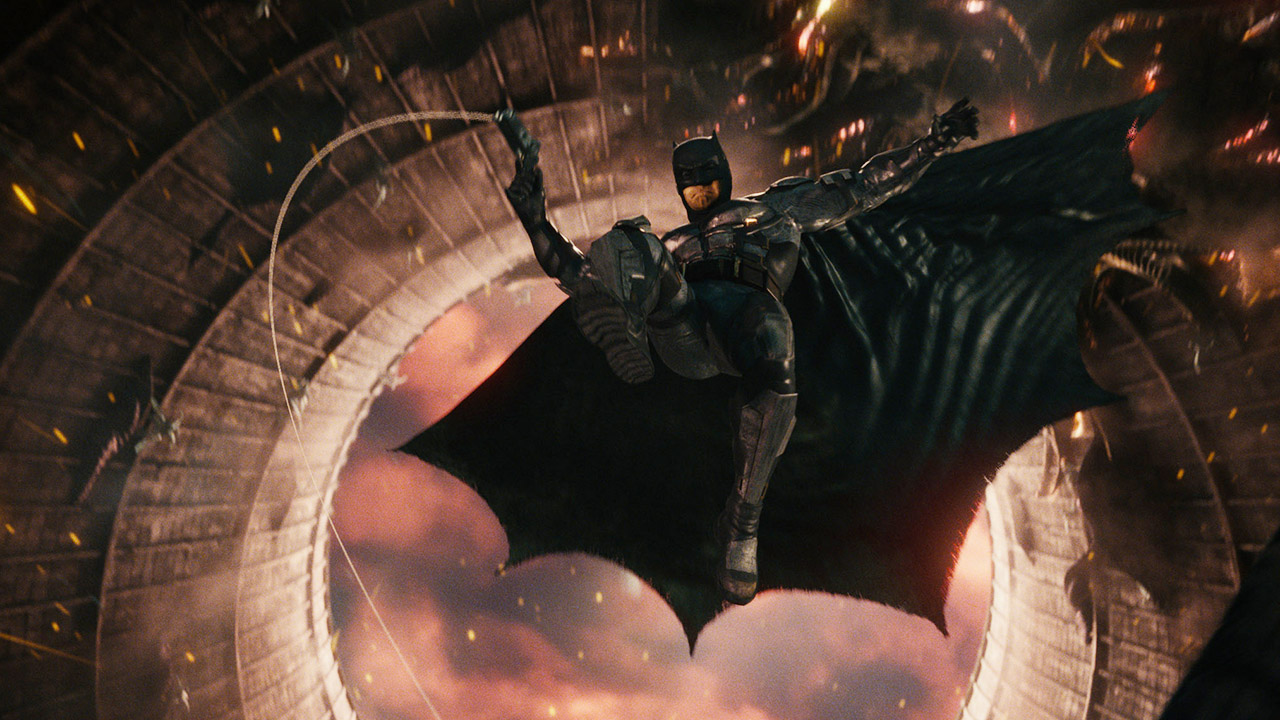
As bad as the film was, there was something undeniably exciting about Batman v Superman’s decision to go with an experienced, top-of-his-game, mid-40s Batman rather than the slightly green, two-years-in-the-job version that movies traditionally give us. Michael Keaton’s Batman has only been known to be active for around six months at the start of Tim Burton’s first 1989 movie. Christopher Nolan’s Dark Knight trilogy takes Bruce from childhood, to a brief stint in the cape, to retirement by the time he’s 36. An established, done-it-all, peak, expert Batman is a rare thing to see in an adaptation.
But now, it seems, that might be throwing up issues.
Sign up for the Total Film Newsletter
Bringing all the latest movie news, features, and reviews to your inbox
After the League’s encounter with the freshly resurrected Superman, Bruce is forced to acknowledge how his combination of human frailty and advanced ‘experience’ is starting to wear on him. And indeed, by accident or design, Batman’s role in the DCEU’s action sequences is starting to become questionable. Unable to take a superpowered alien punch, he’s frequently seen only on the periphery when things really heat up. Either way, the inclusion of the scene feels significant, perhaps a sign that Batman is relying on the likes of Diana and Clark to step up to leadership, or that he at least has some more adaptation to do before he really finds his place in this newly superpowered world.
Superherosim seems pretty mainstream now
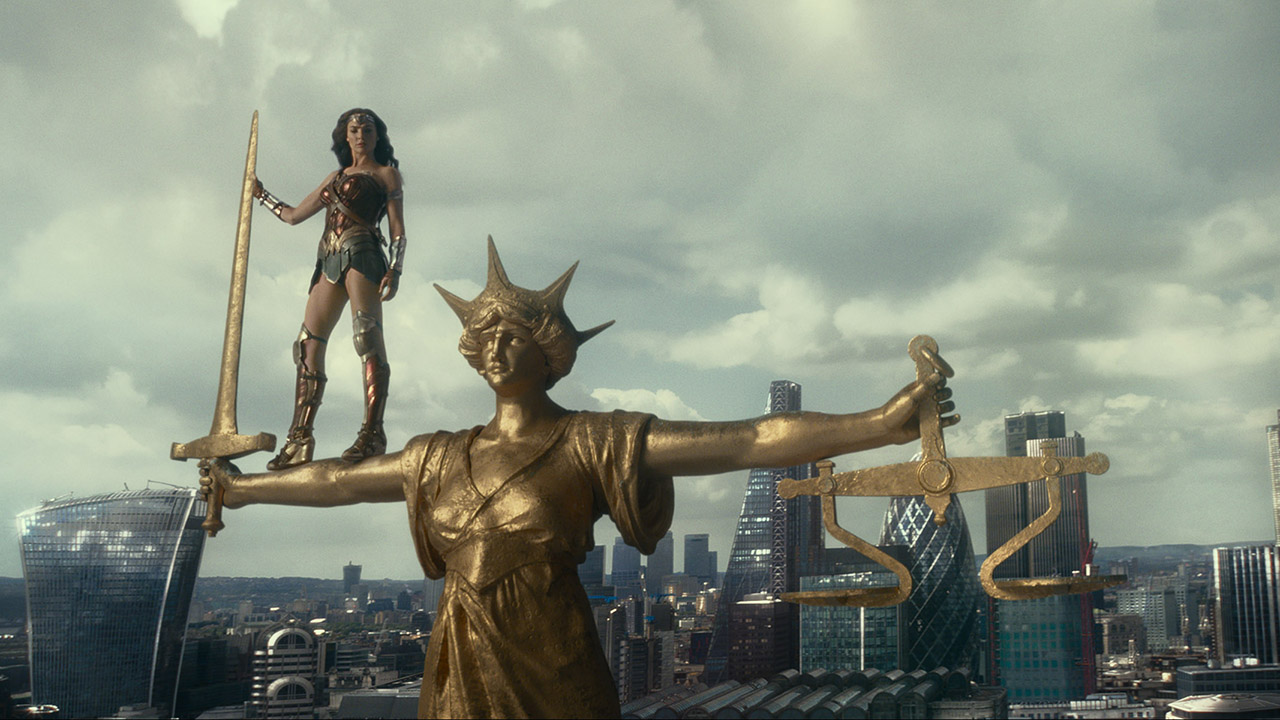
Where once the concept of an impossibly strong, flying alien was greeted with fear, panic, celebration, and awe in equal measure, following Superman’s death in Batman v Superman, the world seems to have thoroughly accepted the idea. There’s global mourning. Kids see him as a hero and role-model. It’s repeatedly implied that grief at his passing has sent the world a bit off-kilter. Basically, magical alien heroes with a total disrespect for gravity now seem A-okay. After the shock of the events of Man of Steel, and the fallout in Batman v Superman, Earth seems to have adapted pretty quickly.
Read more: 9 questions I have after watching Justice League
That’s not to say that things have gone as far as they have in the MCU, mind, where superheroes are celebrities and everyone runs around mask-free, using real names willy-nilly. Powers and identities are still kept largely behind closed doors. But between the normalisation of superheroism, and Superman’s transformation into Not A Douche, the DCEU should hopefully be able to allow its heroes to simply get on with being heroes going forward, rather than bogging them down with angst and controversy.
Darkseid is… somewhere
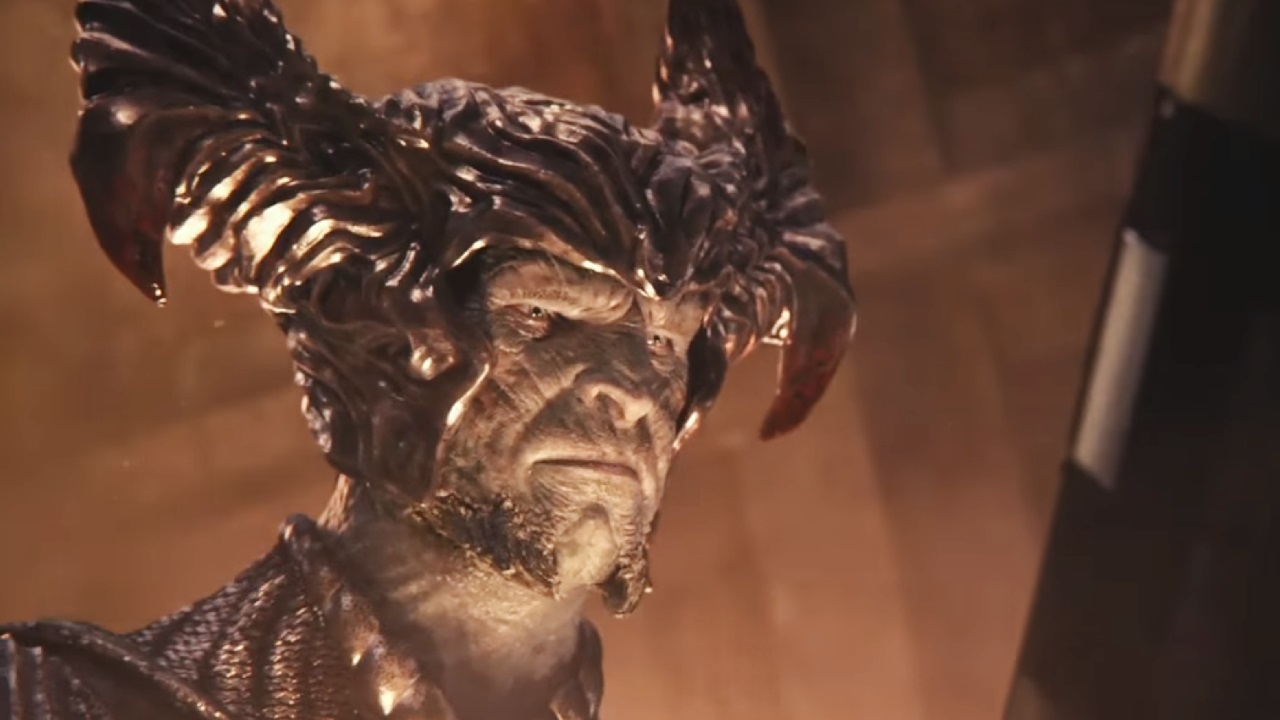
We know this because he’s referenced… briefly. The intergalactic big bad of the DC universe(s) is now an established presence, probably still sitting on his homeworld Apokolips waiting for uncle Steppenwolf to come back with tales of victory and conquest. Yeah, not going to happen. Because, er, Steppenwolf got smashed up by the Justice League, and then sent home wrapped in a bag of rampaging Parademons
Steppenwolf does mention Darkseid by name before that though, and we can be pretty damn sure that Apokolips is his point of origin in the DCEU, given the description of his home as a ‘Hellworld’. That’s (almost literally) Apokolips all over. A burning, industrial nightmare of a place, blighted by fire pits and riddled with catacombs, Apokolips was actually created as a space-based analogue to Hell in Jack Kirby’s Fourth World comics, to contrast the Heavenly New Genesis, with which it is eternally at war.
And speaking of space…
Interstellar travel is standard now
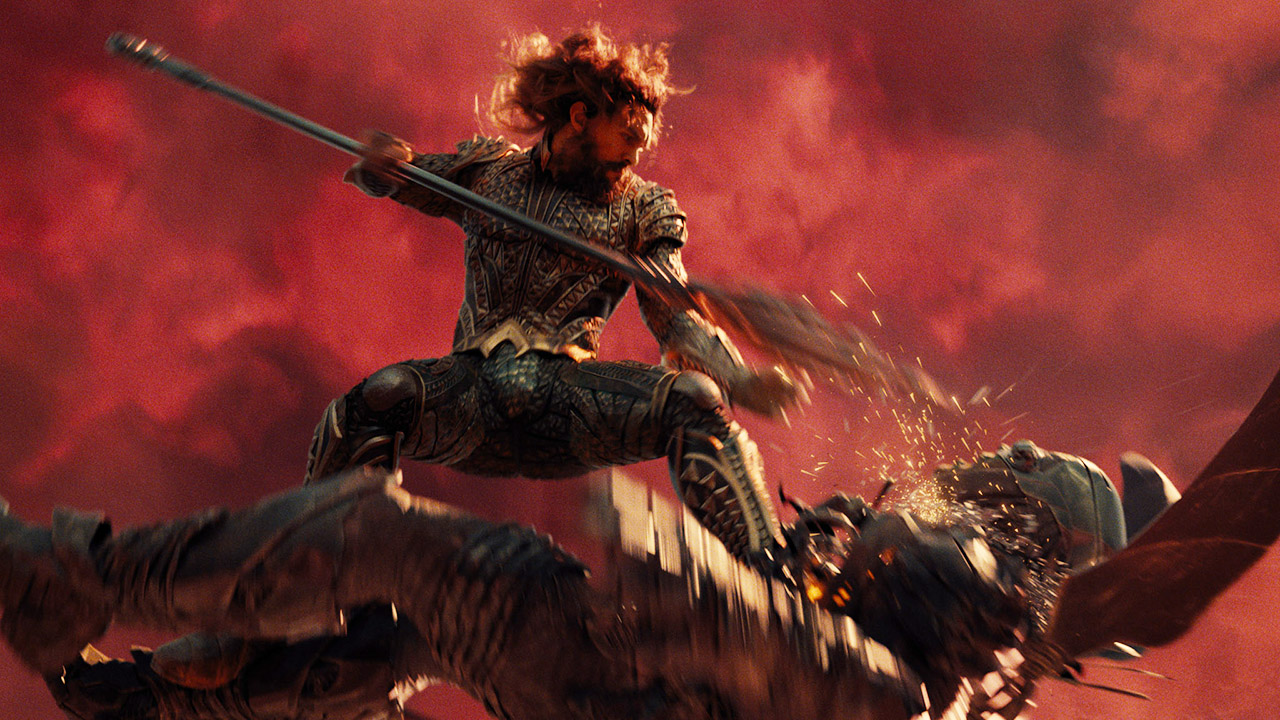
Doing in four films what Marvel took 10 to do, Justice League is very much the DCEU’s Guardians of the Galaxy moment, where the wider, space-based sci-fi universe is established around the traditional, terrestrial superheroism, and everything becomes a whole lot bigger.
Read more: Justice League post-credits scene: What happens and what it means for the DC Extended Universe
How do we know that this isn’t just a one-off? Well aside from the reference to Darkseid and Apokolips, Boom Tubes are now established in the DCEU. Those big, vertical pipes of light that Steppenwolf travels to – and across – Earth in? It’s never explicitly referenced in the movie, but those things are a standardised means of interstellar travel in the more sci-fi tinged DC comics stories, and are fundamental to the bigger, off-world adventures. They tend to only be accessible via Mother Box technology, but hey, Cyborg is built out of Mother Box technology. The version of Cyborg in the New 52 comics continuity gets Boom Tube creation as a standard ability pretty early on, in fact.
Aquaman has only just met his wife
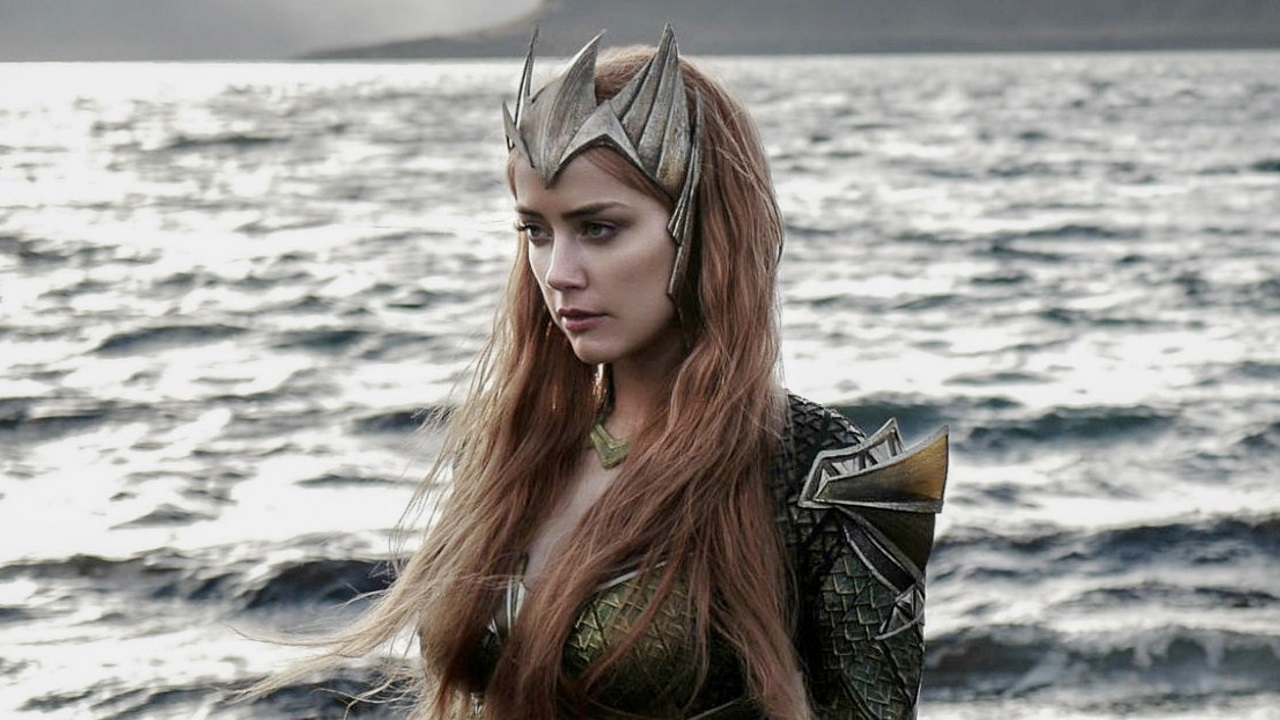
The brief scene back in Atlantis, where a currently couldn’t-give-a-fuck, whiskey-swilling Aquaman gets a dressing down from an Atlantean woman played by Amber Heard, shortly before stepping up and becoming a tad more heroic? Although – like many things in Justice League – it isn’t elaborated on or clearly explained, that seems to be the first meeting between Aquaman and his (eventual) wife Mera.
At the very least, it appears that they’re in the very early stages of their relationship. The tone between the two is frosty, and Aquaman is still a long way from embracing any sort of place in the world, let alone marriage as the king of Atlantis. But a married, superheroic partnership they eventually will be, their relationship certain to be explored in James Wan’s standalone Aquaman movie (which has just wrapped shooting), in which Mera has a more significant role.
Cyborg is still a work in progress
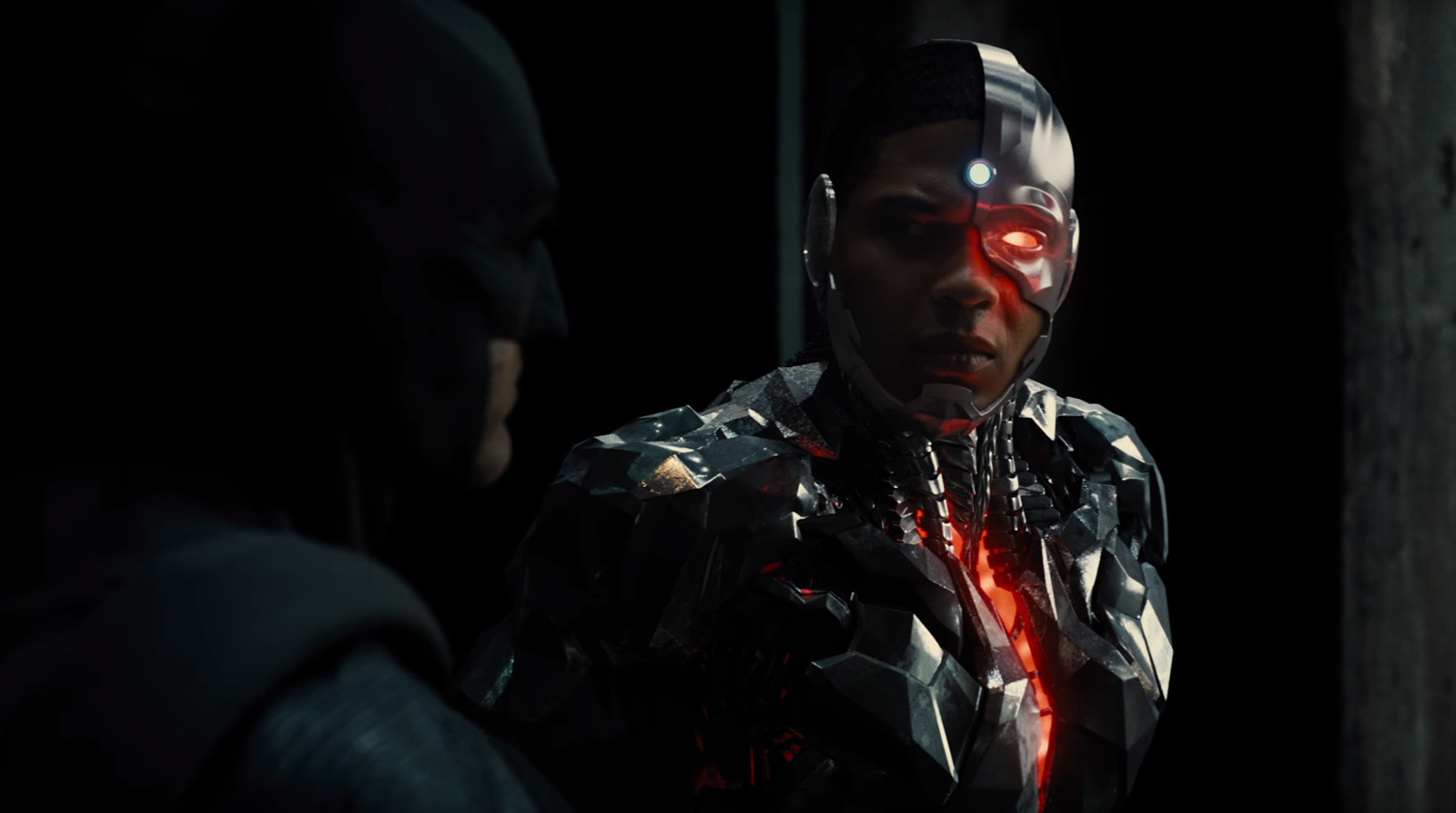
At the start of Justice League, Cyborg, more than any other eventual member of the League, has a long way to go. While the Flash has only ever used his powers for miscellaneous messing about, Cyborg is denying his abilities altogether, barely even having left his apartment, let alone engaged in any cybernetic good-doing. All of that changes over the course of film, but even by the end he’s not exactly the fully-formed version of himself.
Read more: The 18 most WTF moments from the truly awful 1997 Justice League TV movie
A major theme with Cyborg in Justice League is that he’s still only on the cusp of understanding his Mother Box-powered abilities, and how the alien technology within him relates to his conscious, human side. By the end of the movie, we see him upgrading and embracing his techno half with the help of his dad, STAR Labs scientist Silas Stone. But there’s still likely somewhat of a journey ahead of him, both in terms of how he perceives and accesses his powers, and what they might eventually be.
The Green Lantern Corps is established
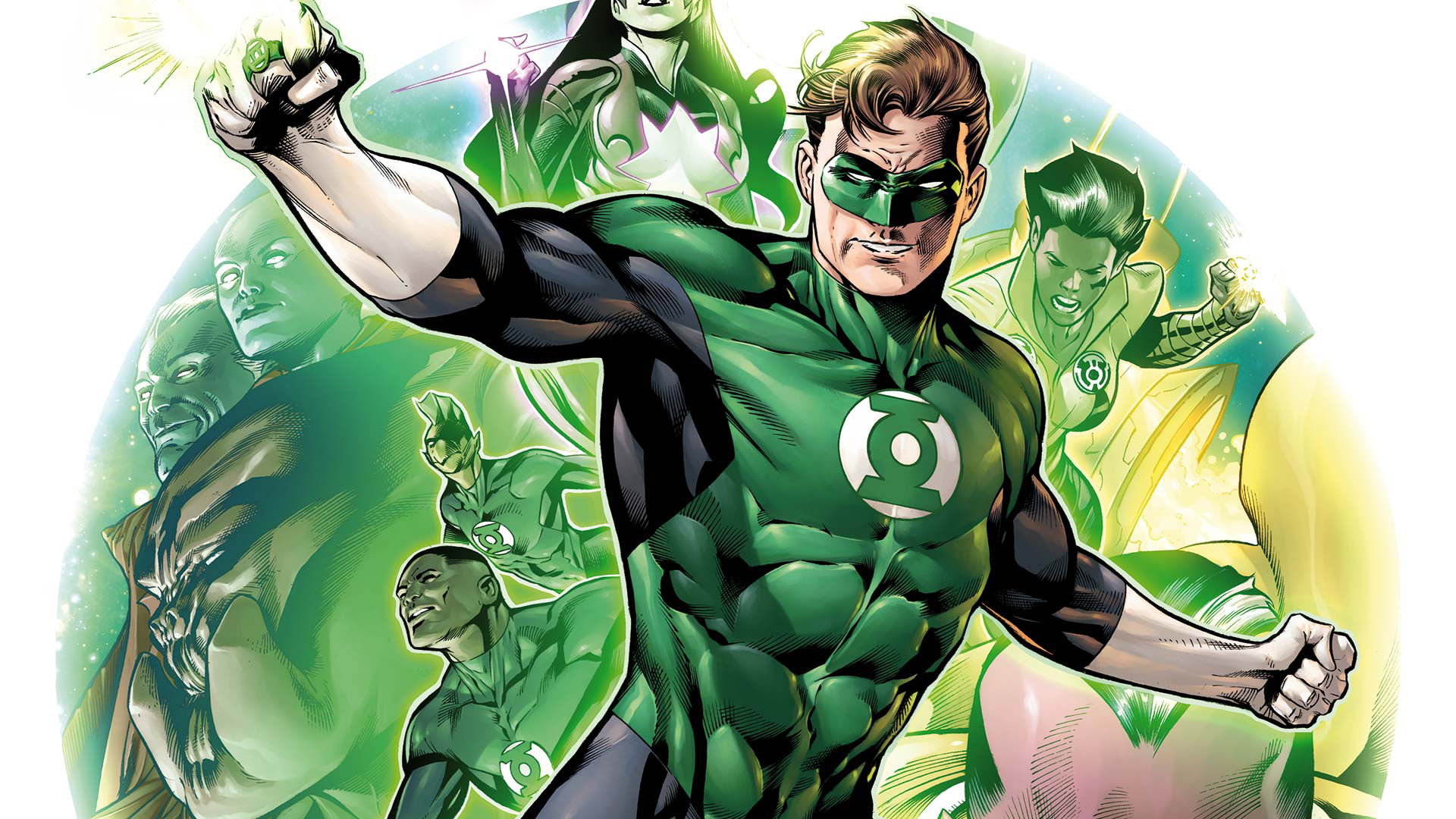
Another hint at a wider, space-based future for the DCEU comes in the flashback sequence that details the previous war between Earth and Steppenwolf’s Apokoliptian forces. We see Earth’s three main races – the Amazons, the Atlanteans, and Humanity – join forces to push the alien interlopers back, but more significantly, we see an unnamed Green Lantern joining the fight.
Leaping through the air to beat back a swathe of Steppenwolf’s army with a glowing melee weapon, the conspicuously emerald-tinged hero is only on-screen for a few seconds, but makes a hell of an impact, both literally and otherwise. The Lantern is eventually killed, and their power-imbuing ring then flies off to choose its next wearer, as is traditional. What does this mean for the wider DCEU? Well not only are the Green Lantern Corps (effectively an interplanetary space police of Lanterns from many worlds) present in the movie universe, but they’ve been around – and had a relationship with Earth – for a very, very long time. Expect them to play a major role when the DCEU gets out into space-proper, with a whole lot of lore revelations to come.
